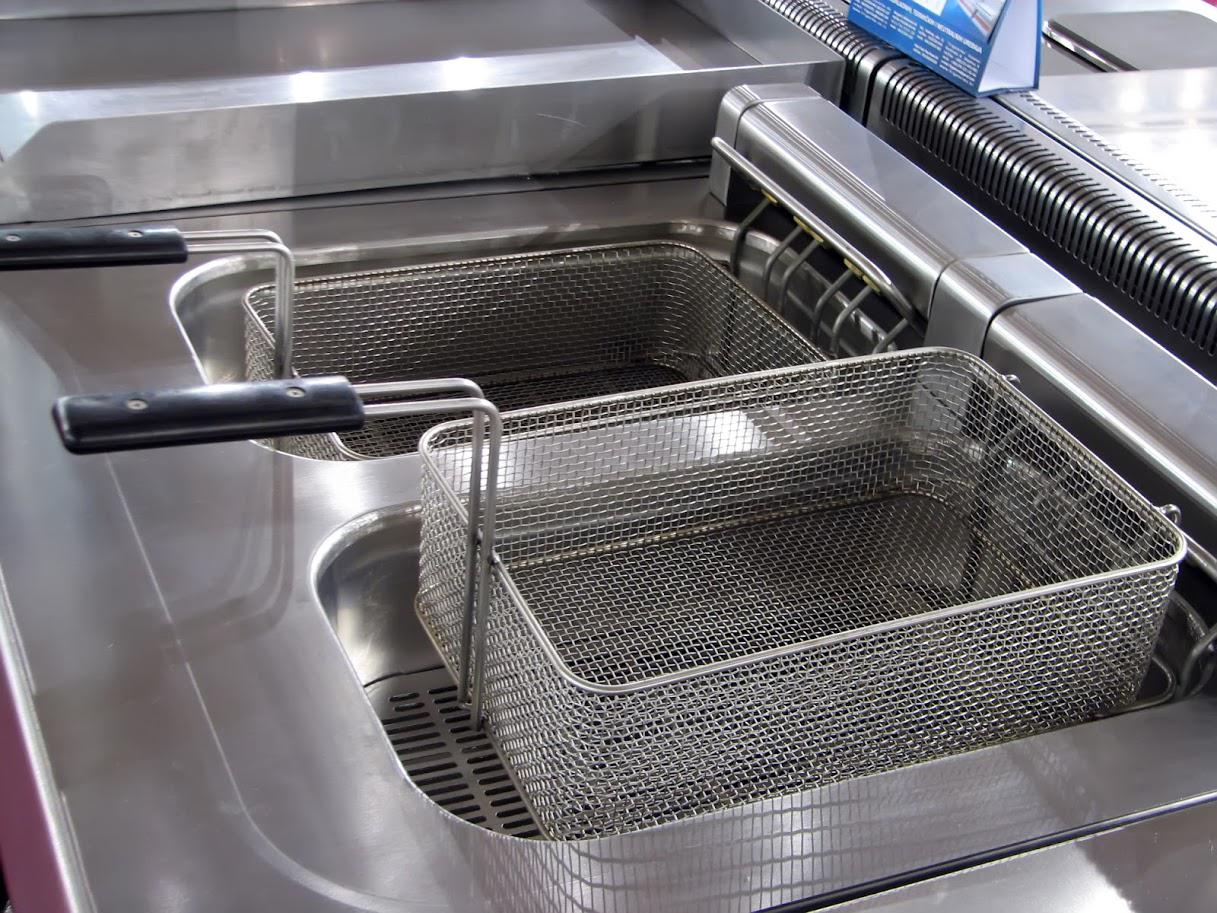WHAT YOU SHOULD KNOW BEFORE YOU PURCHASE AN ICE MACHINE
- By Admin
- •
- 22 May, 2018
- •
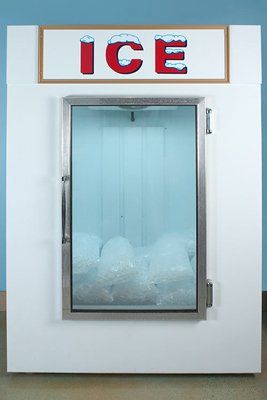
If you own or manage a restaurant or other food service establishment, an ice machine is an essential piece of equipment for your operations and will undoubtedly be one of your first purchases. However, before you buy an ice machine, take time to learn about the various options available to you.
Below is some helpful information about the different types of ice machines as well as ice cube types.
Ice Types
Before you begin evaluating the various machines and make a purchase decision, it is important to decide what type of ice types you will need in your business. The choice of ice type is not a random matter; instead, it is based on the type of customer served as well as your business model.
Below are the most common ice types available and some information about usage characteristics.
Crescent Ice
The most used ice shape, crescent ice is formed as half-cylinders and is designed to be an all-purpose type. Crescent ice melts relatively slowly, which prevents dilution of drinks and also doesn't take up an inordinate amount of room inside cups.
In addition, crescent ice is suitable for both dispensing machines or for hand-scooped dispensing. However, crescent ice doesn't pack well, so it is less preferable than other options.
Chewable (Flaked) Ice
Ice in this category is shaved or crushed and is an excellent option for use with soft drinks and in other circumstances where ice is likely to be chewed. Chewable ice also packs well, which makes it suitable for use in ice chests and other containers.
The downside of chewable ice is that it melts quickly and will rapidly dilute a beverage, especially if not dispensed into an insulated cup.
Square Ice
Square ice is the classic cube and is found in numerous environments. However, its most appropriate use is often in bars and other areas where alcohol is served. The extremely slow melt rate of square ice makes it ideal for use with alcoholic beverages when dilution is particularly undesirable.
Square ice also takes up more space in a glass, and this can save your business money by lessening the amount of beverage used to fill the container. Keep in mind that square ice is the least chewable type of ice and doesn't conform to packing, so understand it will be somewhat less versatile than crescent and chewable ice.
Machine Types
Once you decide on an ice type, you can shift your attention to the type of machine you wish to purchase. Ice machines produce ice at varying capacities, and you will need to base this aspect of your purchase on your expected business volume.
In addition, always consider that it is better to buy a bigger machine than you think you'll need. Your ice machine should be able to grow with your business, and it should also be able to handle unexpected demand levels. For example, more ice is likely to be dispensed during the warmer months.
Another factor to consider when looking at ice machine types is how the machine is cooled. Ice machines produce a considerable amount of heat, which is extracted from the incoming water supply. This heat must be dispersed or the ice machine will eventually break down as a result.
Ice machines are commonly cooled by ambient air or water. Ambient air-cooled machines need to be kept away from other objects and should be provided plenty of space for operation.
Water-cooled machines use a separate water line to provide cooling, which makes their use convenient when you don't have the luxury of providing a lot of room around the machine. Keep in mind, though, that watercooled machines can cost more than air-cooled units, and they also consume more water. In fact, in some locales, water-cooled ice machines are prohibited due to their water consumption.
If you have questions about ice machines, including which type may be right for you, be sure to contact Golden State Repair for help. Our team of professionals can make recommendations and also perform valuable maintenance and service on your machine when necessary.

Convection ovens can lose their efficiency if they are not properly maintained over time. This loss in efficiency could compromise the quality of the foods that you are feeding to your customers, and it could affect the reputation of your business.
If you want to ensure that your kitchen continues to function well into the future, then don't overlook regular maintenance when caring for your commercial convection oven.
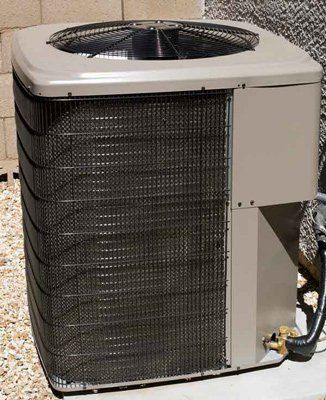
Commercial buildings require much more intensive HVAC systems than their residential counterparts, thanks to the larger spaces involved and greater numbers of people to keep comfortable. The cooling needs of restaurants tend to be even greater still, thanks to all of the excess heat generated inside of a commercial kitchen, as well as the power needed to keep walk-in refrigerators cool.
For this reason, many restaurant owners decide to err on the safe side and install the most powerful air conditioning system they can find. Unfortunately, this tactic can often result in unanticipated problems. If you would like to learn more about why a correctly-sized HVAC system will be better in the long run, read on. This article will discuss three problems an oversized air conditioner can create.
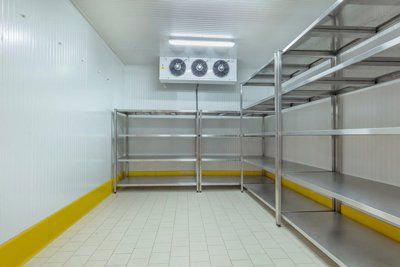
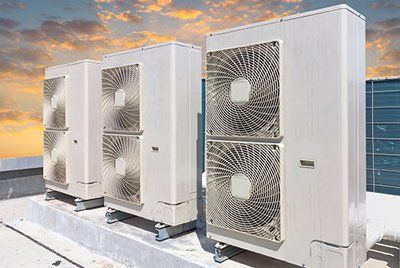
Most businesses rely heavily on their furnace and air conditioner to keep their building comfortable for staff and customers. You should keep your HVAC system up to date to maintain a good reputation and encourage clients or customers to return.
For this reason, you need to recognize the signs that your HVAC system needs to be replaced. The following six warning signs can help you decide whether or not it's time to replace your commercial A/C and furnace.
Here are a few problems that can arise with a commercial walk-in freezer and the reasons why you should have them remedied as quickly as possible.
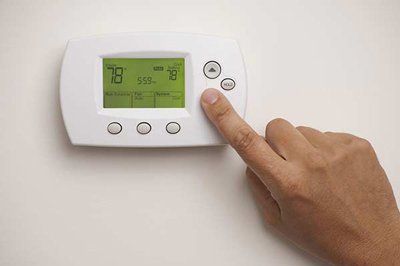
Energy waste is a costly problem for many businesses. On average, close to one-third of the energy used in a commercial structure is wasted.
Much of that loss occurs because practices related to heating and cooling the building. This means business owners can greatly reduce waste by rethinking how they view and utilize those systems.
Below are 3 ways that business owners can drastically cut their heating and cooling bills.

